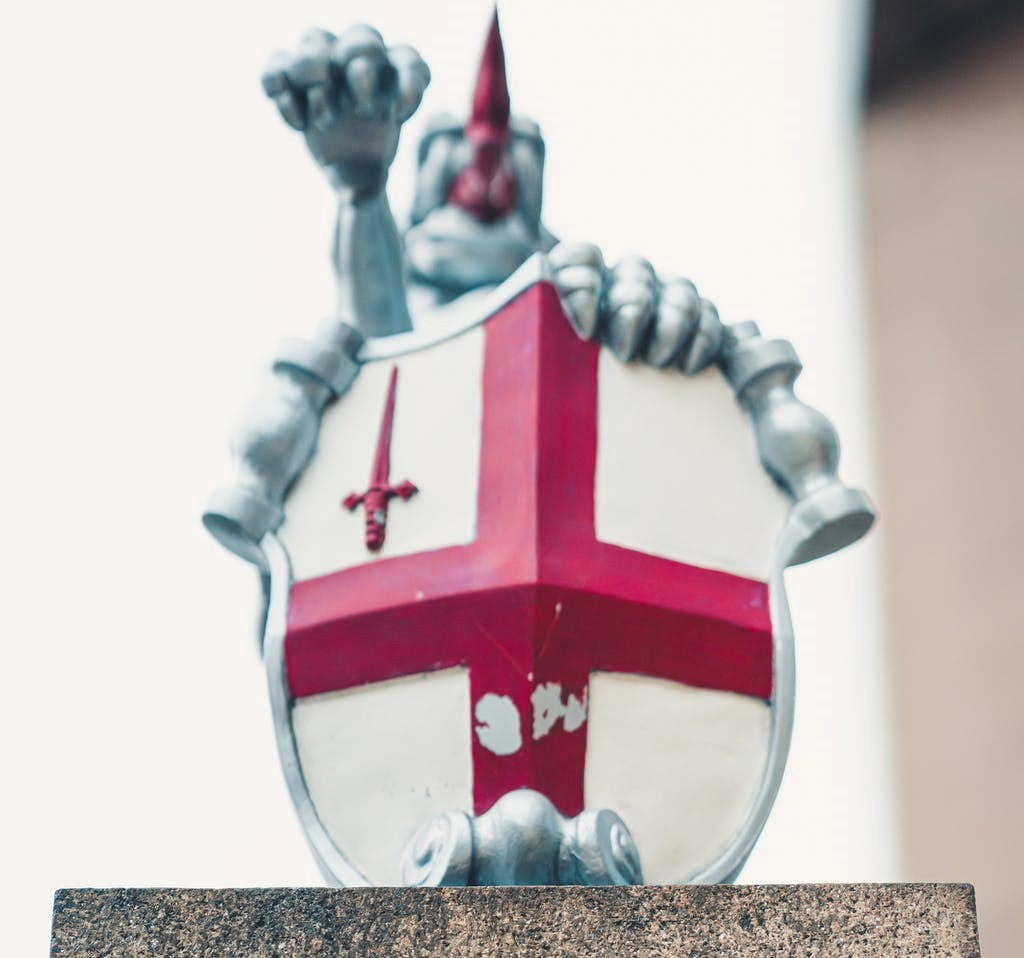In the middle ages, seals worked as a way to authenticate documents. They were used to make a fixed engraving in trading and official exchanges. The seals were carved in blocks that are pressed into hot wax, leaving behind a reversed image. The modern equivalent of that would be negative photos. Seals prevent the forging and imitating of correspondences and documents. Individuals, authorities, and even orders such as the Templars had their own seals.
Seals were necessary to proceed with trading transactions because most people were illiterate, but they could sign their names for agreement even if they were unable to read and write.
In fact, for over two centuries, many seals were associated with the Knights Templar, unlike today, where there is only one image linked to the order.
Despite the variety of the Templars seals, one particular image grabbed the most attention and interest. It is usually referred to as "the traditional seal," and it's a picture of two knights riding one mount together. The seal worked as the official seal of the Templars and was used by many Grand Masters for over two hundred years. As is known with most symbols, the image on the seal can be interpreted in many ways and can hold several meanings. It is said the picture of the knights riding a single mount represents the poverty of the founders. The original members might have been so poor that they couldn't afford a mount for each one.
Some believe that the two knights might represent homosexuality that the founders were accused of after they were arrested in 1307. Nonetheless, others believed that neither of the two explanations is true. The two knights could simply refer to the duality and polarity within the order. This dualism is represented in the fact that the two knights were poor financially but rich spiritually. Also, the two knights were warriors but also monks, inward-looking but also outward-looking into the world's affairs.



1 comment
Bharou
The first person is the mondane self, the second is the true self. The horse is the corpse.
The first person is the mondane self, the second is the true self. The horse is the corpse.